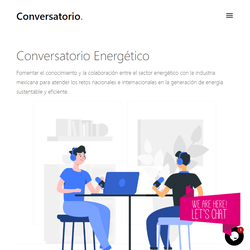
Water Consumption
The rapid advancement of artificial intelligence (AI) has brought significant benefits across a wide range of sectors, from healthcare to content creation and process automation. However, along with these developments, concerns also arise about the environmental impact that these advances may generate. One of the most recent aspects that has attracted attention is the high water consumption associated with advanced AI models, such as OpenAI's GPT-4.
The University of California Study
A recent study carried out by the University of California has brought into focus the considerable consumption of water necessary for the operation of GPT-4. According to the report, this model consumes a surprising amount of water resources: approximately the equivalent of three bottles of water for every 100 words generated. This data has raised concerns regarding the environmental impact of training and using large-scale artificial intelligence models.
Water consumption in these systems is not directly visible, but is related to the cooling of the data centers that allow the operation of these models. The infrastructure that supports systems like GPT-4 requires a considerable amount of energy, and in turn, efficient cooling systems to prevent servers from overheating.
Why is so much water needed?
Servers hosting the GPT-4 model need to be kept at controlled temperatures to function optimally. Cooling systems, whether air or water, are essential in this process. In particular, using water to cool servers has become common practice in many data centers due to its efficiency compared to other alternatives. However, this results in high consumption of this natural resource, raising questions about long-term sustainability.
The Debate on Sustainability in AI
As AI models become more advanced, they also require more energy and resources. Although artificial intelligence has proven to be a powerful tool for solving complex problems and improving the daily lives of many people, the environmental cost associated with its operation has begun to be a matter of debate. In the case of GPT-4, the fact that it takes three bottles of water to generate just 100 words highlights the need to consider more sustainable ways of operating and developing these technologies.
The Future of AI and Sustainability
While there is no doubt that advances in AI will continue to play a key role in the future of technology, it is imperative that the industry begins to explore more sustainable methods of managing the resources they use. From optimizing algorithms to reduce energy consumption, to using renewable energy and greener cooling methods, there are several areas where industry players can work to mitigate the environmental impact of these systems.
This study from the University of California serves as a reminder that the development of advanced technologies, such as GPT-4, must be accompanied by critical reflection on the resources they use and the impact they generate on the environment.
Conclusion
Water consumption by artificial intelligence models like GPT-4 is an aspect that cannot be overlooked in the conversation about technological sustainability. As AI continues to evolve, so must our ability to balance development with respect and care for the environment. The search for more sustainable solutions is not only crucial to reduce ecological impact, but also to ensure that the advancement of artificial intelligence is truly beneficial for future generations.

